
FPGA Application in Radar System
Global electronic component supplier ERSAELECTRONICS: Rich inventory for one-stop shopping. Inquire easily, and receive fast, customized solutions and quotes.
What is FPGA?
FPGAs (Field-Programmable Gate Arrays) are integrated circuits that contain an array of configurable logic blocks and interconnects. They offer a unique combination of flexibility, reprogrammability, and performance, making them a popular choice for a wide range of applications in the field of digital electronics.

What is A Radar System?
A radar system, which stands for "Radio Detection and Ranging," is a technology that is utilized to detect and track objects within the surrounding environment. The system functions by transmitting radio waves and receiving the reflected signals from objects located within its range. Radar systems are widely employed in various industries, including aviation, military, meteorology, and maritime. A common radar system is weather radar.
How does Radar Work?
Several crucial components work in conjunction with radar systems to detect and track objects. These components comprise:
Transmitter: The transmitter generates high-frequency electromagnetic waves, typically in the radio or microwave spectrum. These waves are emitted into the surrounding space.
Antenna: The antenna is responsible for radiating electromagnetic waves into the environment and receiving the reflected signals from objects. It plays a crucial role in transmitting and receiving signals effectively.
Receiver: The receiver captures the reflected signals received by the antenna. It amplifies and processes the signals to extract valuable information about the detected objects.
Signal Processor: The signal processor analyzes the received signals to determine the range, velocity, and direction of the detected objects. It employs various algorithms and techniques to extract meaningful data from the radar returns.
Display System: The display system presents the information obtained from the signal processor in a user-friendly format. It may include visual displays, such as radar screens or computer interfaces, that provide real-time updates on detected objects.
FPGA Applications in Radar Systems
FPGAs are utilized in different parts of radar signal processing such as data acquisition, pulse compression, target detection, tracking, and display. Here are some of the main applications that we will examine closely:
Digital Signal Processing (DSP): FPGAs perform DSP functions, such as filtering, modulation, and demodulation, on the radar signal. This process enhances the quality of the signal and improves the accuracy of target detection.
Pulse Compression: FPGAs are used to implement pulse compression algorithms that enable radar systems to detect targets with high resolution and accuracy. Pulse compression is a vital technique used in modern radar systems.
Beamforming: FPGAs are used to perform beamforming functions that enable radar systems to focus their signals on specific targets or areas. This process improves the accuracy of target tracking and reduces interference from other objects.
Radar Data Visualization: Radar displays and user interfaces can be created using FPGAs, which can offer instantaneous visual information to radar operators, thus assisting them in identifying targets and being aware of the situation.
Advantages of Using FPGAs in Radar Systems
High Performance and Real-Time Processing
The field-programmable gate arrays (FPGAs) have a unique advantage in performing parallel processing, which allows them to handle complex calculations and algorithms in real time. This capability is particularly useful in radar systems, where quick data processing is essential for accurate target detection and tracking. FPGAs can process multiple data streams simultaneously, making them ideal for real-time applications that require high-speed data processing. Additionally, FPGAs can be reprogrammed in the field, making them highly flexible and adaptable to changing requirements. Overall, FPGAs are a critical component in many advanced radar systems, enabling them to perform with speed and accuracy.
Flexibility and Reconfigurability
FPGAs are electronic devices that allow designers to implement custom algorithms and adapt to changing system requirements. FPGAs are different from ASICs, which are application-specific integrated circuits. Unlike ASICs, FPGAs can be reprogrammed, which means that radar system designers can iterate and optimize their algorithms and functionality over time. This flexibility is a major advantage of using FPGAs in radar systems.
Low Latency and Reduced Power Consumption
In radar systems where quick decisions are necessary, FPGAs are advantageous due to their low latency. Moreover, FPGAs are known for their power efficiency compared to general-purpose processors. Radar systems often operate in power-constrained environments, such as mobile platforms or battery-powered systems. By using FPGAs, radar engineers can minimize power consumption while maintaining high-performance signal processing capabilities. This power efficiency is particularly important for portable or autonomous radar systems.
Integration of Multiple Functions
The use of FPGAs enables the consolidation of various functions onto a solitary chip, leading to a reduction in the size and complexity of the radar system. This amalgamation can comprise modules for signal processing, data acquisition, memory, and interface, streamlining the design of the entire system.
Cost-effectiveness
In many cases, using FPGAs in radar systems can be cost-effective compared to custom hardware implementations. FPGAs eliminate the need for expensive dedicated hardware components and enable radar engineers to achieve the desired functionality using a single reconfigurable device. This reduces both the development costs and the overall system cost, making FPGAs an attractive choice for radar system design.
Design Considerations for FPGA-Based Radar Systems
When designing radar systems using FPGAs, several considerations need to be taken into account:
Algorithm Implementation and Optimization
To achieve real-time processing in FPGA-based radar systems, it is essential to implement algorithms efficiently. Designers must analyze the algorithmic needs, optimize the code to enable parallel processing, and make the most of the FPGA resources available.
Memory Management
Due to their limited on-chip memory resources, designers of radar systems must carefully manage memory usage to ensure effective data storage and retrieval during real-time processing. In some cases, external memory interfaces may be necessary to store larger datasets.
Clock and Timing Considerations
In radar systems, precise timing and synchronization are of utmost importance. Designers must ensure that the clock distribution is appropriate and that different FPGA modules are synchronized to maintain the integrity of the radar signal processing chain.
System Integration and Interfacing
Interfacing with external devices, such as analog-to-digital converters (ADCs), digital-to-analog converters (DACs), and communication interfaces, is often necessary for FPGA-based radar systems. Designers must select and integrate these components carefully into the system architecture.
Challenges of FPGA Implementation in Radar Systems
Programming Complexity
Programming FPGAs requires specialized knowledge and skills in hardware description languages (HDLs) such as VHDL or Verilog. This can be a challenge for radar engineers who are more familiar with software programming languages. However, with appropriate training and resources, radar engineers can overcome this challenge and fully exploit FPGAs' potential.
Verification and Testing
The verification and testing of FPGA designs can be a challenging and time-consuming process due to their complexity. To ensure the accuracy and dependability of the implemented radar algorithms on the FPGA, rigorous testing methodologies and simulation techniques are required. It is critical to perform thorough testing to identify and rectify any design errors or bugs before deploying the FPGA in an actual radar system.
Design Iterations and Updates
The advancement of radar technology leads to the development of new algorithms and techniques, requiring updates and iterations in FPGA design to incorporate the latest advancements. However, FPGA design iterations can be resource-intensive and time-consuming. Proper planning and modular design practices can help alleviate this challenge and enable easier updates and improvements.
Conclusion
FPGAs have transformed radar systems with their flexibility, speed, and cost-effectiveness. They enable real-time signal processing, pulse compression, digital beamforming, and radar waveform generation. This technology allows radar engineers to design and implement advanced systems with improved performance and adaptability. Although there are challenges with FPGA implementation, such as programming complexity and verification, their benefits make them essential in modern radar technology.
Related Articles
- ·ICD Electronics: Tiny Lightning, Relentless Reliability
- ·Smart Pill Dispensing Electronics: From Missed Doses to Mission Control
- ·Conditional Access Module (CAM): The Pay-TV Gatekeeper Engineers Actually Enjoy Reading About
- ·NC Formula Semiconductor: The Blockbuster Guide You Didn’t Know You Needed
- ·Electrosurgery Electronics: Turning RF Into a Surgical Superpower
- ·Endoscopic Imaging Electronics: Tiny Optics, Big Picture
- ·Instrument Cluster: The Dashboard Wizard That Makes You Feel Like Iron Man
- ·X-ray & CT Electronics: From Kilovolts to Reconstruction
- ·MRI Core Electronics: From Quench to K-Space
- ·OKL Series PoL DC/DC Converters: The Bite-Size Power Bricks That Keep Your Board Cinematic




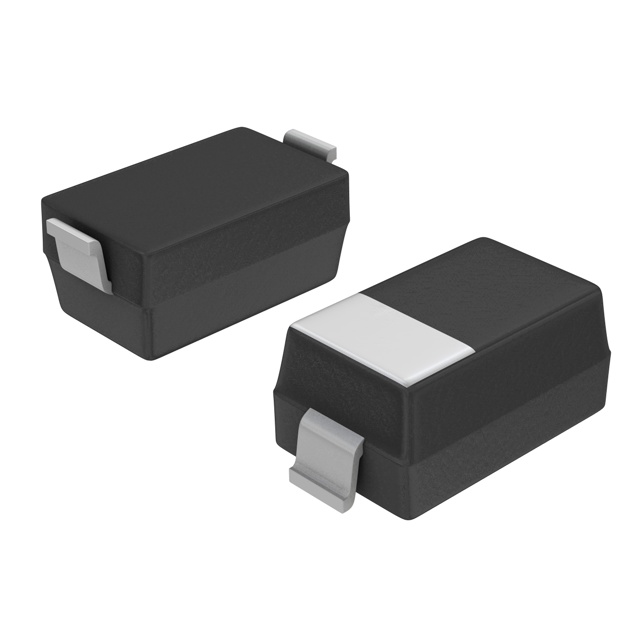
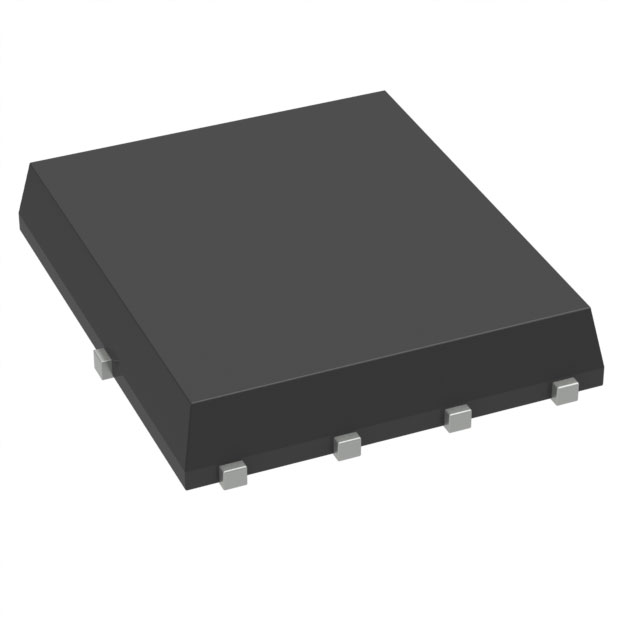
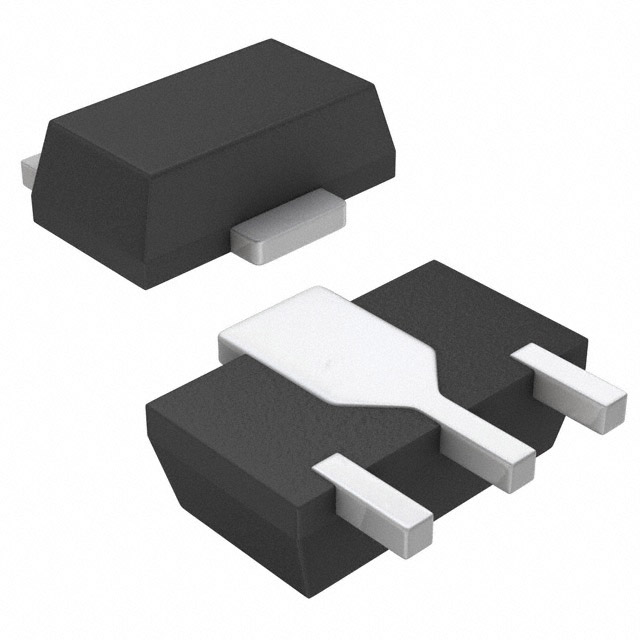
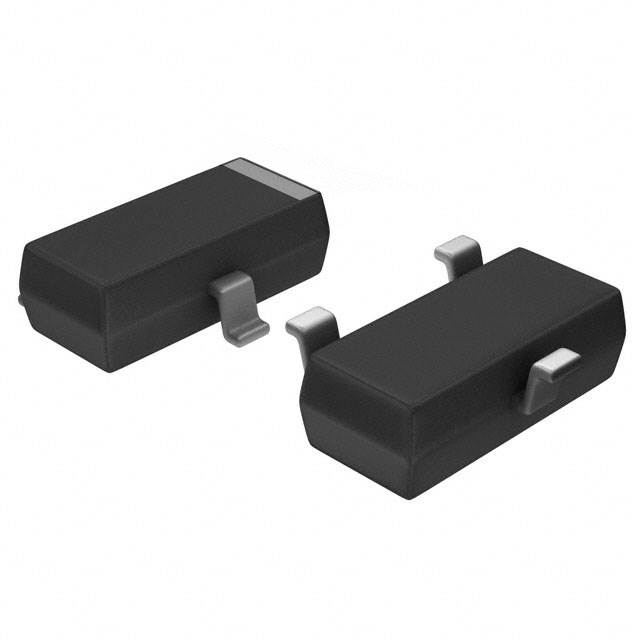

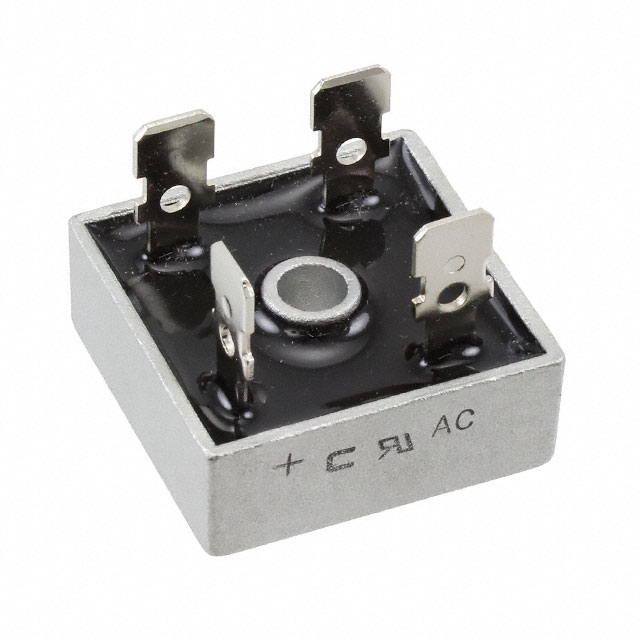







.png?x-oss-process=image/format,webp/resize,h_32)










